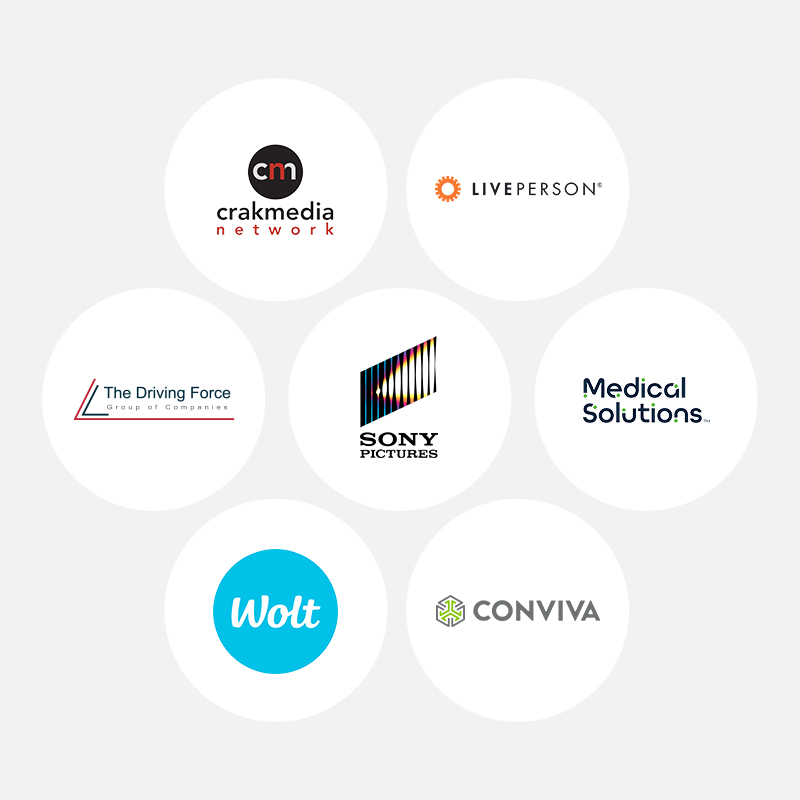The secret to building a high-performing culture is empowering employee potential and purpose.
Legacy performance management models don’t give employees a sense of purpose in their work, and that’s a huge missed opportunity for business leaders. When employees felt just 10 percent more connected to the company’s mission, turnover decreased by 8.1 percent while profitability climbed by 4.1percent, Gallup found.
Modern performance management aligns company goals to each employee’s performance. They can see how their work supports the larger business strategy and that sense of purpose fuels better performance.
We invited Joan Goodwin, Deloitte’s National Performance Management Practice Lead, and Michaela Schoberova, Worldwide Director of People, Organization, and Leadership Development at Colgate-Palmolive, to our Empower HR summit to share their insights on how adopting modern performance management can help you develop a high-performing culture.
Translate Corporate Objectives Into Daily Goals
Goal alignment is key to building a high-performance culture. If yearly planning is divorced from actual performance, employees will feel disconnected from their purpose. But aligning company goals across the organization gives employees a clear line of sight into how their work impacts the bottom line.
Managers and employees need to collaborate in setting goals for themselves that prioritize high-impact actions. But employees don’t always see their purpose clearly since it’s not how we’ve traditionally talked about their performance. “People have difficulty … defining: ‘How can I really impact this huge corporate objective in the role that I do?’” Goodwin said.
Managers need to help translate larger corporate objectives into outcomes that their teams can focus on to drive business results. The issue is that most managers aren’t trained to clearly define goals for individuals. “Most people haven’t exercised that muscle very much,” Goodwin said. It can be challenging for managers to make these high-level connections themselves if they haven’t had the training and practice to learn how.
The first step to put your annual planning into practice at a granular level is to train managers to make these connections for their teams.
Connect Performance With Potential
Take an iterative approach to achieve company goals to help employees recognize the connection between their work and your business strategy. Breaking larger goals down into smaller parts gives employees more time to develop themselves and improve their performance.
This approach is very different from what most employees expect from their managers. While performance management and appraisals have traditionally been transactional, the new performance management model is aspirational. Managers help employees realize their potential through continuous feedback and coaching to help them find their strengths and aptitudes. This process empowers employees to think more strategically about their part in driving results.
The mindset shift of connecting performance with potential can also fill in resource gaps. Employees need to know about learning, development, and career mobility options. Without that, “they don’t have that opportunity to build skills and capabilities that they’re really looking to build and further their career,” Goodwin said.
Managers need to be intentional in connecting employees with the opportunities and learning resources they need to expand their skillsets for the future.
Reimagine the Manager’s Purpose
Managers must transform into people leaders to adopt the new performance management model and empower employee potential. “The manager’s job is no longer controlling, managing, supervising,” Schoberova said. “It’s more about enabling the performance of their team.”
In practice, empowering potential means clarifying what needs to be achieved and how that work supports the overall annual plan. It requires letting go and allowing employees to own the “how,” whether that means working remotely or pioneering more efficient processes to complete tasks.
Managers must be available to remove barriers and provide coaching. In coaching conversations, managers need to ask good questions to help employees generate alternative solutions to problems.
Expect a learning curve as you implement these processes. Most current managers were promoted for technical proficiency, not for leadership skills. Managers will also need the training to take on these new roles and responsibilities. Provide managers with feedback to foster self-awareness and tools to build their critical thinking and relationship skills.
Shifting to a new performance management model will help your company achieve aspirational business goals. But that requires a transformation in both mindset and daily behaviors. Take an iterative approach to change, giving employees a voice in new performance processes. “Discover what people’s needs are, be people-centric, create together with them,” Schoberova said.
By taking the steps outlined here, you can bring your annual planning and business goals to life through employees’ daily actions.
Watch Joan Goodwin and Michaela Schoberova’s session on demand.







